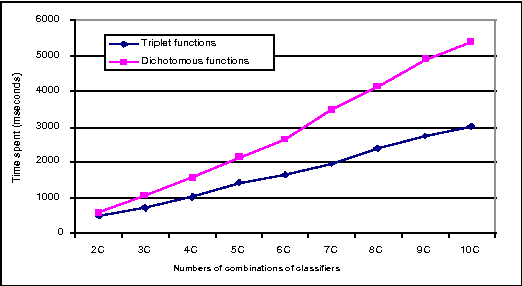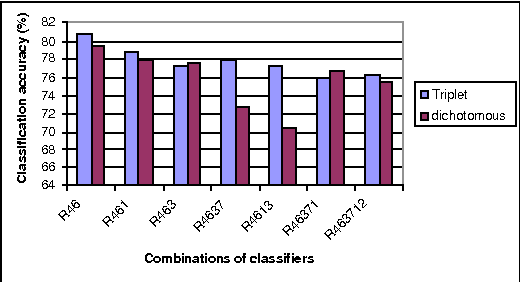Jiwen W. Guan
Discounting and Combination Operations in Evidential Reasoning
Mar 06, 2013Abstract:Evidential reasoning is now a leading topic in Artificial Intelligence. Evidence is represented by a variety of evidential functions. Evidential reasoning is carried out by certain kinds of fundamental operation on these functions. This paper discusses two of the basic operations on evidential functions, the discount operation and the well-known orthogonal sum operation. We show that the discount operation is not commutative with the orthogonal sum operation, and derive expressions for the two operations applied to the various evidential function.
An Efficient Triplet-based Algorithm for Evidential Reasoning
Jun 27, 2012

Abstract:Linear-time computational techniques have been developed for combining evidence which is available on a number of contending hypotheses. They offer a means of making the computation-intensive calculations involved more efficient in certain circumstances. Unfortunately, they restrict the orthogonal sum of evidential functions to the dichotomous structure applies only to elements and their complements. In this paper, we present a novel evidence structure in terms of a triplet and a set of algorithms for evidential reasoning. The merit of this structure is that it divides a set of evidence into three subsets, distinguishing trivial evidential elements from important ones focusing some particular elements. It avoids the deficits of the dichotomous structure in representing the preference of evidence and estimating the basic probability assignment of evidence. We have established a formalism for this structure and the general formulae for combining pieces of evidence in the form of the triplet, which have been theoretically justified.
 Add to Chrome
Add to Chrome Add to Firefox
Add to Firefox Add to Edge
Add to Edge